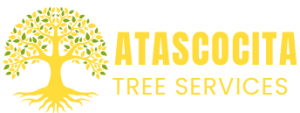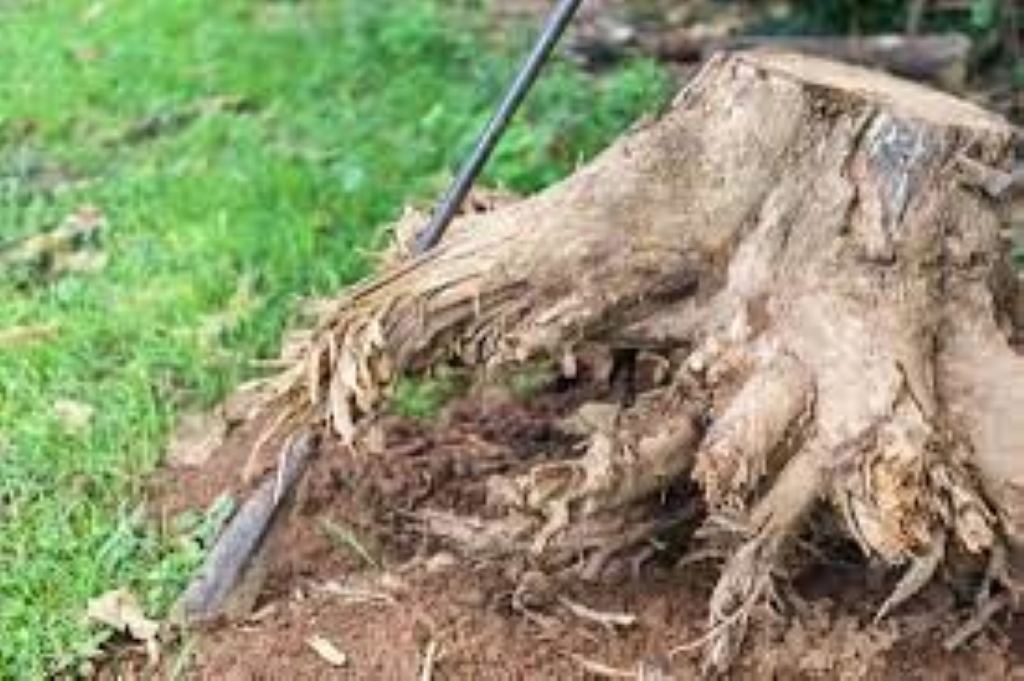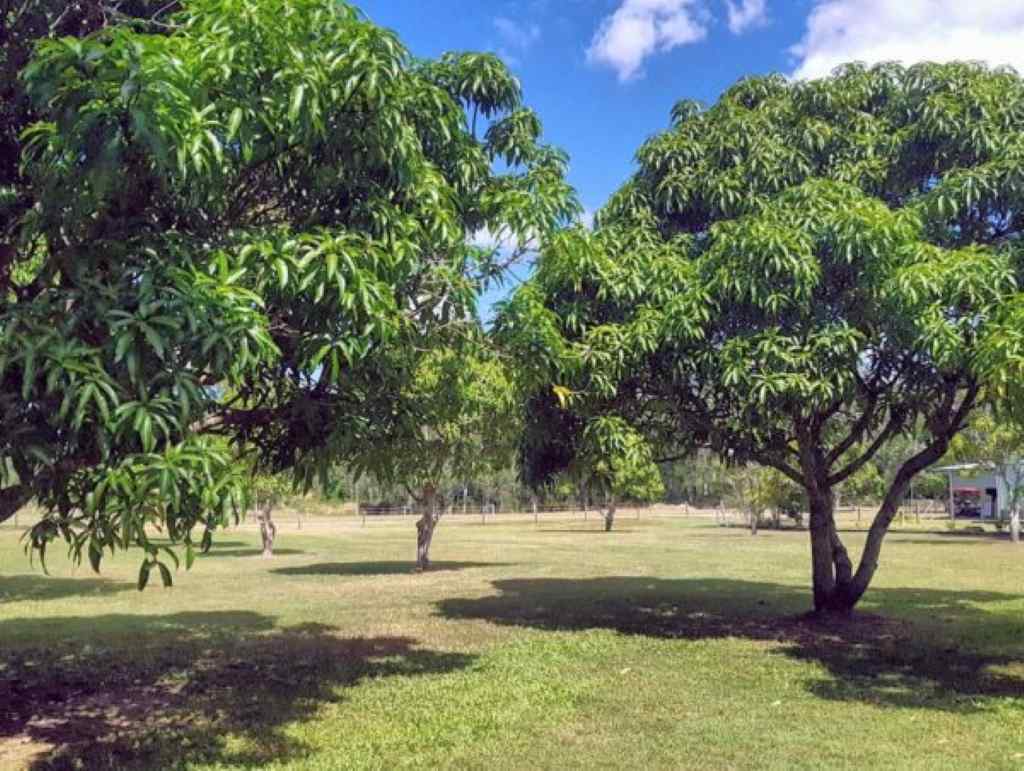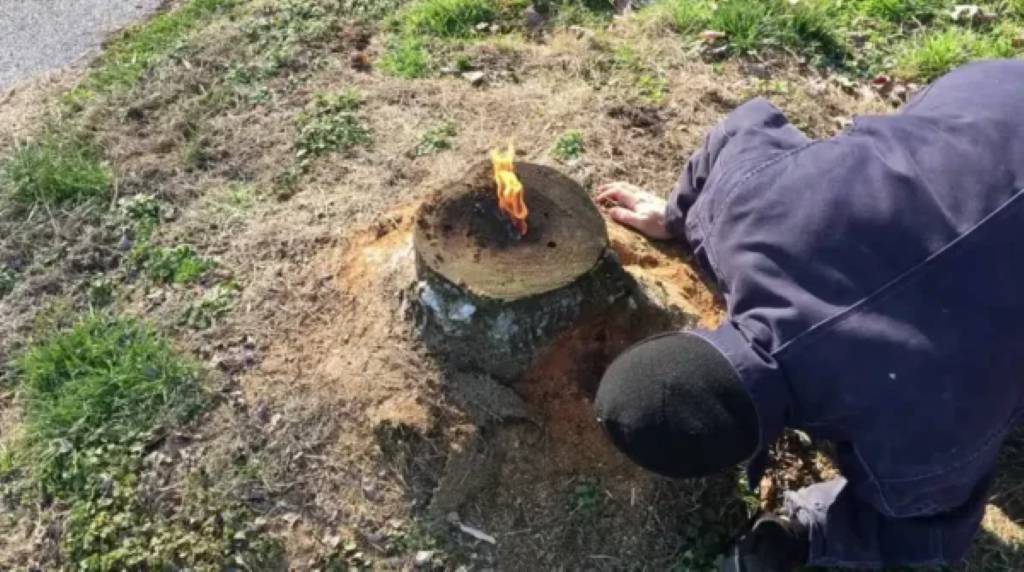How to remove small tree stumps?
Welcome to Arborist Heights, your reliable partner for tree care and maintenance. Arborist Heights takes pride in its tradition of competence and commitment for preserving your landscape’s natural beauty. Our introduction is more than just trees; it is about connecting you with the arboricultural solutions that will improve your outdoor spaces. Join us on a journey where trees flourish and care becomes an art form. Discover the Arborist Heights advantage, where every leaf counts and your green oasis gets the attention it deserves. In this guide you’ll learn about how to remove small tree stumps
The Importance of Stump Removal
Stump removal is an important feature of overall tree care that goes beyond the visible parts of a tree. Beyond being ugly, stumps can harbour diseases, bugs, and fungi, endangering the general health of your environment. Arborist Heights understands the value of stump removal in creating a safer and more aesthetically beautiful environment. By removing these relics, we avoid potential hazards, improve the overall attractiveness of your outdoor space, and provide a blank canvas for future landscaping projects. Our professional stump removal services are more than just extraction; they also rejuvenate your surrounds, resulting in a flourishing and hazard-free landscape that demonstrates our dedication to quality.
Tools and Equipment for small tree Stump Removal
- Stump Grinder
- Chainsaw
- Mattock
- Digging Bar
- Safety Gear (Gloves, Goggles, Ear Protection)
- Shovel
- Ax
- Tractor or Backhoe
- Winch or Come-Along
- Wheelbarrow
- Chisel
- Safety Cones or Barriers
- Buckets or Tarps for Debris
- Stump Removal Chemicals
- Loppers
How to remove small tree stumps
Small tree Stump Removal: Step-by-Step Guide
Stump removal can be a difficult but necessary task to improve the appearance of your garden. Follow this detailed approach to effectively remove tree stumps from your property.
Start by determining the size, type, and placement of the stump. Plan the removal process, taking into account safety precautions and the tools required.
Wear adequate safety gear, such as gloves, goggles, and ear protection. Stump removal requires heavy machinery and tools, so make sure you are properly protected.
Remove any rocks, rubbish, or impediments surrounding the stump. Clearing the area creates a safer work environment and prevents potential damage.
Using a chainsaw, cut the stump as near to the ground as feasible. This reduces the number of stumps that need to be removed later.
Drill holes in the stump’s top and sides to promote rapid decomposition. This facilitates access for stump removal chemicals or hastens natural decomposition.
If you choose chemical removal, make sure to follow the product application directions. Chemicals speed up decomposition, making stump removal more manageable.
Use a stump grinder to grind the remaining stump. Follow safety precautions and progressively work through the stump until it is below ground level.
Use a mattock, shovel, and digging bar to uncover the roots surrounding the stump. This allows for simpler removal.
Cut roots using an axe or chainsaw. A tractor or backhoe can assist with pulling.
Attach a winch or come-along to the stump to provide additional pulling strength. This is especially effective with larger stumps.
Collect debris in buckets or tarps, then dispose of it properly. Fill the hole created by the stump with soil and level the surface.
Check the area for any lingering roots. Consider replanting or landscaping the removed area.
Following these instructions will result in a complete and effective stump removal operation. Exercise caution, especially when using heavy machinery, and seek professional assistance for large or difficult stumps.
Common Mistakes to Avoid
Avoiding frequent mistakes is critical for proper stump removal. One common blunder is failing to properly examine the stump’s size, roots, and surroundings. Failure to consider these aspects may result in issues throughout the removal process, perhaps causing property or equipment damage.
Another common mistake is failing to take enough precautions. Individuals who fail to wear suitable safety gear, such as gloves and goggles, risk serious injury. Additionally, failing to identify subterranean utilities prior to beginning the removal process increases the danger of destroying critical infrastructure.
Improper equipment use, such as attempting to remove big stumps with insufficient tools, is a typical mistake. This not only prolongs the procedure but may also cause equipment damage. By avoiding these typical blunders, people can improve the efficiency and safety of their stump removal efforts.
FAQS
Q: Can I keep a little tree stump in my yard?
A: While it is possible, removing small tree stumps is recommended to avoid risks and improve the visual attractiveness of your property.
Q: How long does it take to clear a tiny tree stump?
A: The period varies according to stump size and removal method. Atascocita Tree Service offers quotes based on your individual circumstances.
Q: Do chemical stump removers work?
A: Chemical stump removers can be successful, but they take longer. Professional services, such as Atascocita Tree Service, provide quicker and more efficient results.
Q: Can I replant a tree in the same location after stump removal?
A: Yes, stump removal creates an ideal habitat for replanting. Atascocita Tree Service assures complete removal and prepares the ground for future plantings.
Q: Do I need a permit for stump removal?
A: The permit requirements vary by location. Atascocita Tree Service can advise you on local legislation and aid you in obtaining the required permits.
Conclusion
In conclusion, mastering the art of stump removal is a multidimensional task that demands careful planning, the proper instruments, and adherence to best practices. Understanding the subtleties of stump removal is critical for success, whether you do it yourself or hire a professional. Individuals can turn the remains of felled trees into clear, secure environments by following a detailed instruction, using suitable tools, and avoiding frequent errors. Stump removal not only improves a landscape’s beauty, but it also reduces potential risks and allows for fresh planting. Adopting safe methods and learning from mistakes results in a smoother and more effective stump removal operation.




